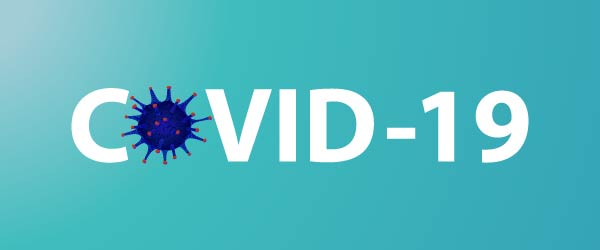
May 20, 2020
By Mark Opara and Emily Crane,
On March 27, 2020, President Trump signed the Coronavirus Aid, Relief, and Economic Security Act (“CARES Act”) into law, allocating $100 billion in funding for the CARES Act Provider Relief Fund (the “Fund”). As outlined in previous alerts here and here, the U.S. Department of Health and Human Services (“HHS”) automatically distributed $50 billion of the Fund to eligible healthcare providers in two waves throughout the month of April. However, HHS has now announced that it has reconsidered its methodology for distributing the funds, which may require certain providers to repay a portion of their relief allocations. Please note that the Fund and its terms are nuanced and may raise specific questions not addressed herein. The summary below is not an exhaustive list of all information on this issue, and there may be additional provisions that are relevant to your facility or practice. The entirety of HHS guidance on the Fund may be found here.
The initial distribution of the Fund began on April 10, and consisted of $30 billion in payments to all providers that participated in and received reimbursements from the Medicare program in 2019. These initial payments were allocated among healthcare providers based on their share of total Medicare fee-for-service (“FFS”) reimbursements in 2019. Total FFS payments were approximately $484 billion in 2019.
In the second wave of provider relief payments, HHS changed its method for calculating how the funds were distributed. This second distribution of automatic payments began on April 24, and consisted of $20 billion in funding. For the second relief payments, HHS allocated the money to providers based on their proportionate share of net patient revenue for 2018. However, HHS also announced that it was now using this net patient revenue allocation method for the entire $50 billion in funding—including the $30 billion distributed on the FFS reimbursement basis in the first wave.
This retroactive change in methodology for the first wave means that certain providers may have been overpaid, and may potentially have a repayment obligation. Consider an example:
A provider with $5 million in 2019 FFS payments would have received around $310,000 in the first wave of provider relief payments ($5 million provider FFS reimbursements / $484 billion total FFS payments x $30 million in available relief funds).
If that same provider had $10 million in net patient revenue for 2018, that provider would have then received an additional $80,000 in the second wave of payments, for a total of $390,000 in relief payments. ($10 million in net patient revenue / $2.5 trillion in total net patient revenue for 2018 x $20 million in available relief funds).
However, the recent HHS announcement changes the calculation. Under the retroactive methodology change, this hypothetical provider should have received only $200,000 in total relief payments. ($10 million in net patient revenue / $2.5 trillion in total net patient revenue for 2018 x $50 million in available relief funds) Thus, this provider may have been overpaid by $110,000.
HHS has not provided direct guidance on this topic as of the date of this alert. However, on May 5, an HHS spokesperson stated that HHS “does not intend to recoup funds as long as a provider’s lost revenue and increased expenses exceed the amount of Provider Relief funding [the] provider has received.” This is consistent with the terms and conditions of the attestation providers must agree to when accepting the payments, which require recipients to demonstrate that lost revenues and increased expenses attributable to COVID-19, less any relief payments from other sources, exceed total payments from the Fund.
In contrast, the HHS “CARES Act Provider Relief Fund Frequently Asked Questions” indicate that “if a provider believes it was overpaid or may have received a payment in error, it should reject the entire General Distribution payment and submit the appropriate revenue documents through the General
Distribution portal to facilitate HHS determining their correct payment.” Providers should also be aware that HHS has repeatedly stated that it will audit Fund recipients in the future to ensure that recipients complied with all terms and conditions, and recoup funds from those providers that did not comply.
As a precaution, all providers should consider reviewing their relief payments to determine whether they might have received an overpayment. If an overpayment is discovered, providers should consider setting aside the overpayment amount or ensuring funds in that amount will be readily available for any potential future repayment obligation. Additionally, all providers should carefully document COVID-19 related expenses and lost revenues in preparation for an eventual audit by the HHS. Finally, the considerations outlined above are leading some providers to simply reject the Fund payments and return the money to HHS. Although this option is not the best course of action for all providers, providers who do want to pursue this option should do so through the HHS general distribution portal.
This article is general in nature and does not constitute legal advice. Readers with legal questions should consult the authors, Mark Opara (mopara@sb-kc.com) and Emily Crane (ecrane@sb-kc.com) or any shareholders in Seigfreid Bingham’s Health Law Group, including Mark Thompson, Lori Beam, Joseph Hiersteiner, Mark Gilgus, John Neyens, Heath Hoobing, and John Fuchs, or your regular contact at Seigfreid Bingham at 816-421-4460. For more information and updates, visit our COVID-19 Resources page.
